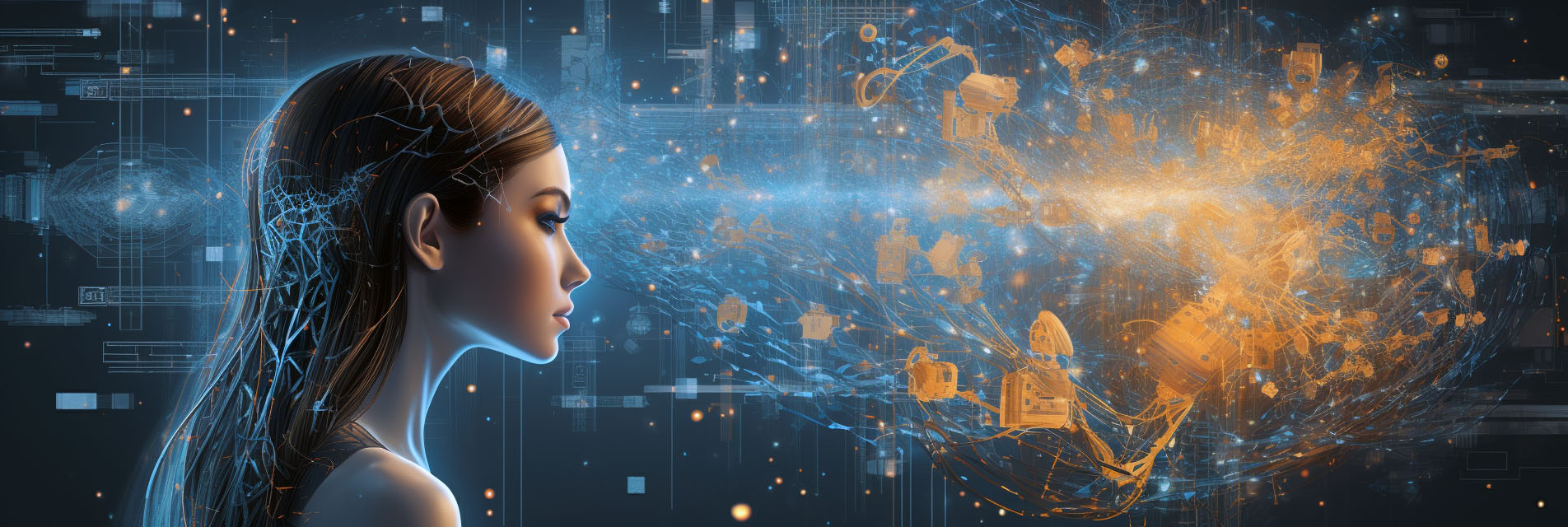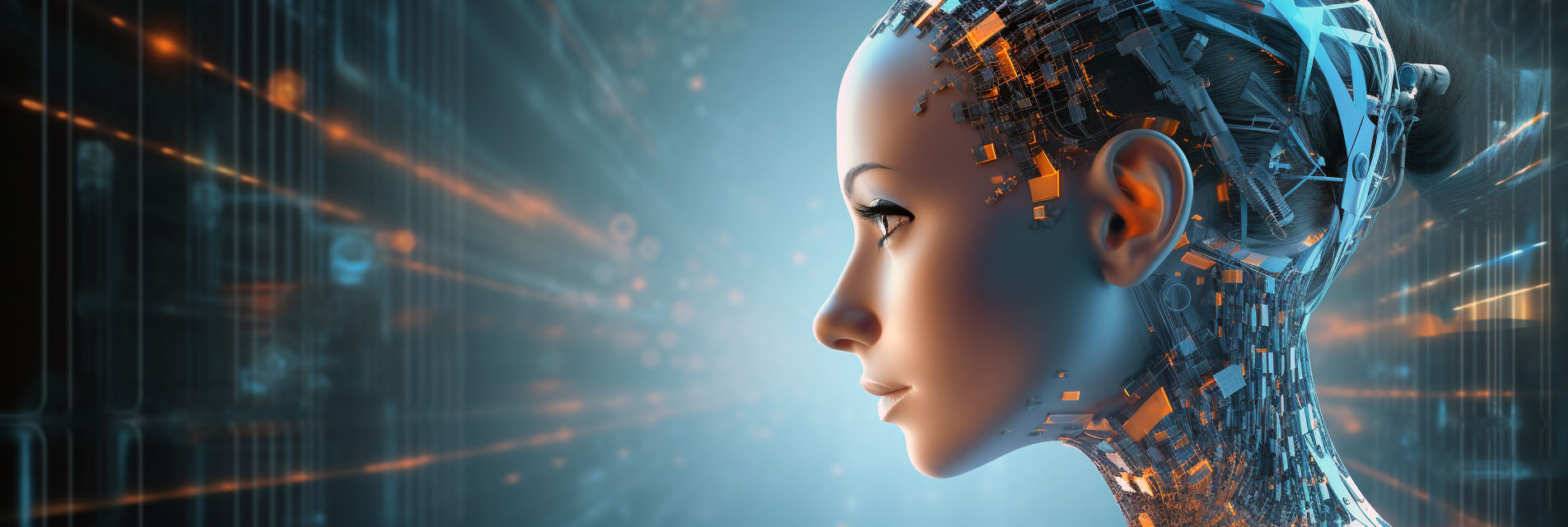AI Strengthens Quantum Error Correction
Feedsee Computers : AI Strengthens Quantum Error Correction : Autonomous correction system that can efficiently determine how best to make the necessary corrections.

MidJourney Prompt: artificial intelligence and quantum computing --ar 3:1
Researchers from the RIKEN Center for Quantum Computing have used machine learning to perform error correction for quantum computers, using an autonomous correction system that can efficiently determine how best to make the necessary corrections. The researchers leveraged machine learning in a search for error correction schemes that minimize the device overhead while maintaining good error correcting performance. They found that a surprisingly simple, approximate qubit encoding could not only greatly reduce the device complexity compared to other proposed encodings, but also outperformed its competitors in terms of its capability to correct errors.
Yexiong Zeng, the first author of the paper, says, “Our work not only demonstrates the potential for deploying machine learning towards quantum error correction, but it may also bring us a step closer to the successful implementation of quantum error correction in experiments.” According to Franco Nori, “Machine learning can play a pivotal role in addressing large-scale quantum computation and optimization challenges. Currently, we are actively involved in a number of projects that integrate machine learning, artificial neural networks, quantum error correction, and quantum fault tolerance.” They published their paper, Approximate Autonomous Quantum Error Correction with Reinforcement Learning, in Physical Review Letters.

MidJourney Prompt: artificial intelligence and quantum computing --ar 3:1
Glossary
Qubit encoding: the process of translating classical information into quantum information, which can then be stored and manipulated using qubits in a quantum computer.
Quantum computer: a type of computer that uses quantum mechanics to store and process information. Unlike classical computers, which use bits to represent information as either 0 or 1, quantum computers use quantum bits (qubits) to represent information as both 0 and 1 simultaneously, allowing for much faster processing and more complex calculations.
Qubit: the basic unit of quantum information in a quantum computer, analogous to the bit in classical computing. It can exist in multiple states simultaneously and can perform certain calculations more efficiently than classical bits.
Quantum computing: a type of computing that uses quantum-mechanical phenomena, such as superposition and entanglement, to perform operations on data. It has the potential to solve problems that are currently considered unsolvable by classical computers.
Artificial neural networks (ANNs): a type of machine learning model modeled after the structure and function of the human brain. They consist of interconnected nodes that process information and are used for tasks such as image recognition and natural language processing.
Quantum error correction: a set of techniques and algorithms used in quantum computing to protect quantum information from errors due to decoherence and other quantum phenomena.
Quantum fault tolerance: a concept in quantum computing that aims to protect against errors that can occur during quantum computation due to the inherent fragility of quantum bits (qubits). It involves the use of error-correcting codes and other techniques to ensure the reliability and accuracy of quantum computations.